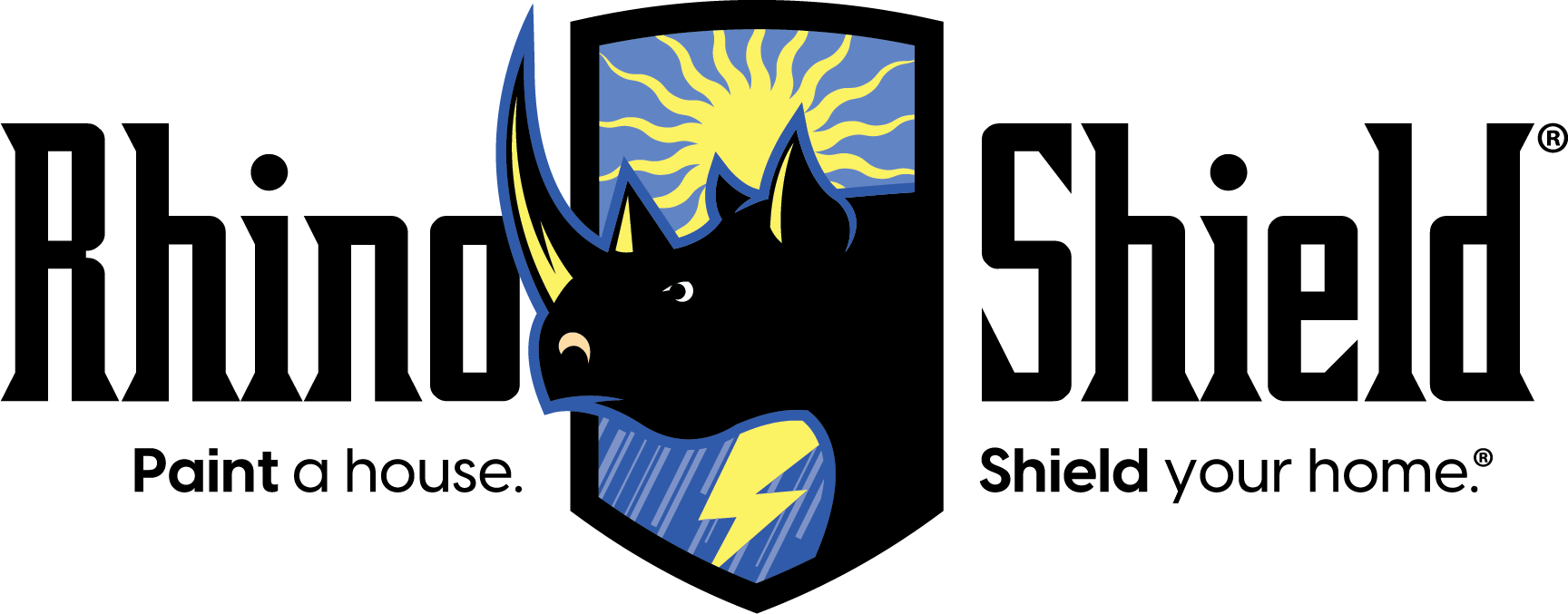
Choosing the right paint for your home's exterior isn't just about picking a color that looks nice. It's about finding a shield that protects your home against everything Mother Nature throws its way, from scorching sun to relentless rain. If you're feeling overwhelmed by the options and technical jargon, you're not alone. Many homeowners ask, "What paint will last the longest?" or "How can I stop paint from cracking on my house?" At Rhino Shield, we understand these concerns because we've been there too. That's why we're here to guide you through selecting the best paint for your home's exterior - a choice that marries durability with aesthetics.
In this article, you'll learn why acrylic paint, especially when it has elastomeric properties, is your home's best defense against the elements. We'll simplify the science behind paint technology, compare options, and offer practical advice to help you make an informed decision. By the end, you'll not only understand what makes acrylic paints superior but also how to ensure your home looks stunning for years to come. Let's dive in.
Understanding Paint Types: A Comprehensive Guide
Let's start with the basics. There are primarily two types of paints used on exteriors: oil-based and water-based (acrylic). While oil-based paints have their place in history for their durability, modern technology has made acrylic paints the preferred choice for exterior applications. They're easier to work with, dry faster, and emit fewer volatile organic compounds (VOCs), making them better for your health and the environment.
However, it's important to note that oils are still excellent for front doors and columns due to their high sheen and hardness, even though they require more frequent repainting. In more progressive states, oils are becoming less common due to environmental regulations, and all R&D money is going into water-based paint, especially acrylics for their durability and longevity.
But not all acrylic paints are created equal. As we delve deeper, you'll see why the unique properties of elastomeric acrylic paints make them the superhero of exterior coatings.
Why Acrylic Paint Reigns Supreme for Exterior Use
Acrylic paint has a secret weapon: its flexibility. Unlike oil-based paints, which can become brittle and crack over time, acrylic paint can stretch and move with your home as it responds to temperature changes and settling. This means less cracking, peeling, and chipping, resulting in a longer-lasting finish. Furthermore, acrylic paints are known for their vibrant colors and resistance to UV radiation, which keeps your wall’s temperature cooler and resists fading, ensuring that your home doesn't just stand up to the elements but looks good doing it.
The Added Advantage of Elastomeric Acrylic Paint
Imagine acrylic paint with superpowers—that's elastomeric acrylic paint. It's not just flexible; it's incredibly elastic, capable of stretching up to 300% of its original size. This elasticity means it can bridge small cracks and gaps in your home's exterior, creating a seamless barrier against moisture and preventing future cracks from forming. It's like wrapping your home in a waterproof, breathable membrane that's tough enough to handle whatever the weather throws at it.
Upgraded Acrylics: Self-Crosslinking Technology
To further enhance the performance of acrylic paints, new advancements like self-crosslinking acrylics have emerged. These are an upgrade over traditional coalescent cure acrylics, offering increased durability. Rhino Shield is one of these newer and better paints. Self-crosslinking acrylics form stronger, more resilient coatings that stand up better to the elements, making them an excellent choice for homeowners looking for high-end acrylic solutions. Rhino Shield utilizes
Comparing Acrylic to Other Exterior Paint Options
When stacked against its competitors, acrylic paint shines for its longevity and low maintenance. Oil-based paints may boast toughness, but they can't match the color retention and environmental resistance of acrylics. Other water-based paints might offer some of acrylic's benefits, but they lack the enhanced durability and flexibility of elastomeric acrylics. For homeowners looking for a paint that combines aesthetic appeal with long-term protection, acrylic, especially elastomeric acrylic, is the clear winner.
Case Study: The Johnson Residence Transformation
Before Rhino Shield: The Johnson residence, a charming but aging two-story home in the coastal town of Wilmington, North Carolina, had struggled with the harsh sea air and high humidity for years. The once-vibrant blue exterior had faded to a dull, lifeless shade, marred by cracks and peeling paint that no amount of touch-up could hide. The homeowners, the Johnson family, were frustrated. Every few years, they found themselves facing the same issues, necessitating costly and time-consuming repainting projects. The cycle seemed endless, and the dream of having a beautiful, resilient home felt out of reach.
The Rhino Shield Solution: The transformation began with a thorough preparation process, where Rhino Shield experts addressed the existing damage, cleaning and sealing cracks before applying the primer. Then came the application of our acrylic elastomeric paint. Its thick, elastic properties allowed it to fill and bridge the cracks that had once marred the home's exterior, creating a smooth, seamless surface.
After Rhino Shield: The Johnson residence stood proudly, its new coat of paint gleaming under the sun, the vibrant blue restored to its former glory—and then some. But the real magic was in what couldn't be seen. The elastic barrier formed by the elastomeric acrylic paint protected the home from moisture, preventing the issues that had plagued it for years. The Johnsons were amazed. Not only did their home look better than it had in years, but they also felt secure in the knowledge that they wouldn't be repainting anytime soon.
Frequently Asked Questions (FAQs) about Exterior Home Painting
- How long does acrylic paint last on the exterior of a house? Typically, high-quality acrylic paint can last 10-15 years, depending on the climate and the condition of the surface when painted. Rhino Shield goes beyond that, lasting at least 25 years guaranteed with our warranty.
- Can acrylic paint be used on all types of surfaces? Yes, acrylic paint is versatile and can be used on various surfaces, including wood, stucco, and masonry. However, it's essential to ensure the surface is properly prepared for the best adherence, which is why we recommend using professionals to coat your home.
- What's the best season to paint my house exterior? Ideally, paint your house in mild weather conditions—neither too hot nor too cold. This usually means early summer, spring, or fall in most climates.
Making an Informed Decision on Your Home’s Exterior
Selecting the right paint for your home's exterior is crucial not just for aesthetics but for your home's longevity and resilience. At Rhino Shield, we understand the challenge of making these decisions. That's why we advocate for acrylic, especially elastomeric acrylic paints, for their unmatched durability, flexibility, and beauty.
We're not just another company trying to sell you a product; we're homeowners like you, looking for the best solutions to protect our investments. By choosing the right paint, you're not just painting your house; you're giving it a new lease on life, ensuring it stands tall and proud for years to come. If you're ready to transform your home's exterior but unsure where to start, we're here to help. At Rhino Shield, our experts are equipped with the knowledge and tools to guide you through the process. Don't let the array of choices overwhelm you. Let's work together to find the perfect solution for your home. Reach out to us, and we’ll be happy to help.
If you’d like a free, no-obligation quote for Rhino Shield, click the button below.

